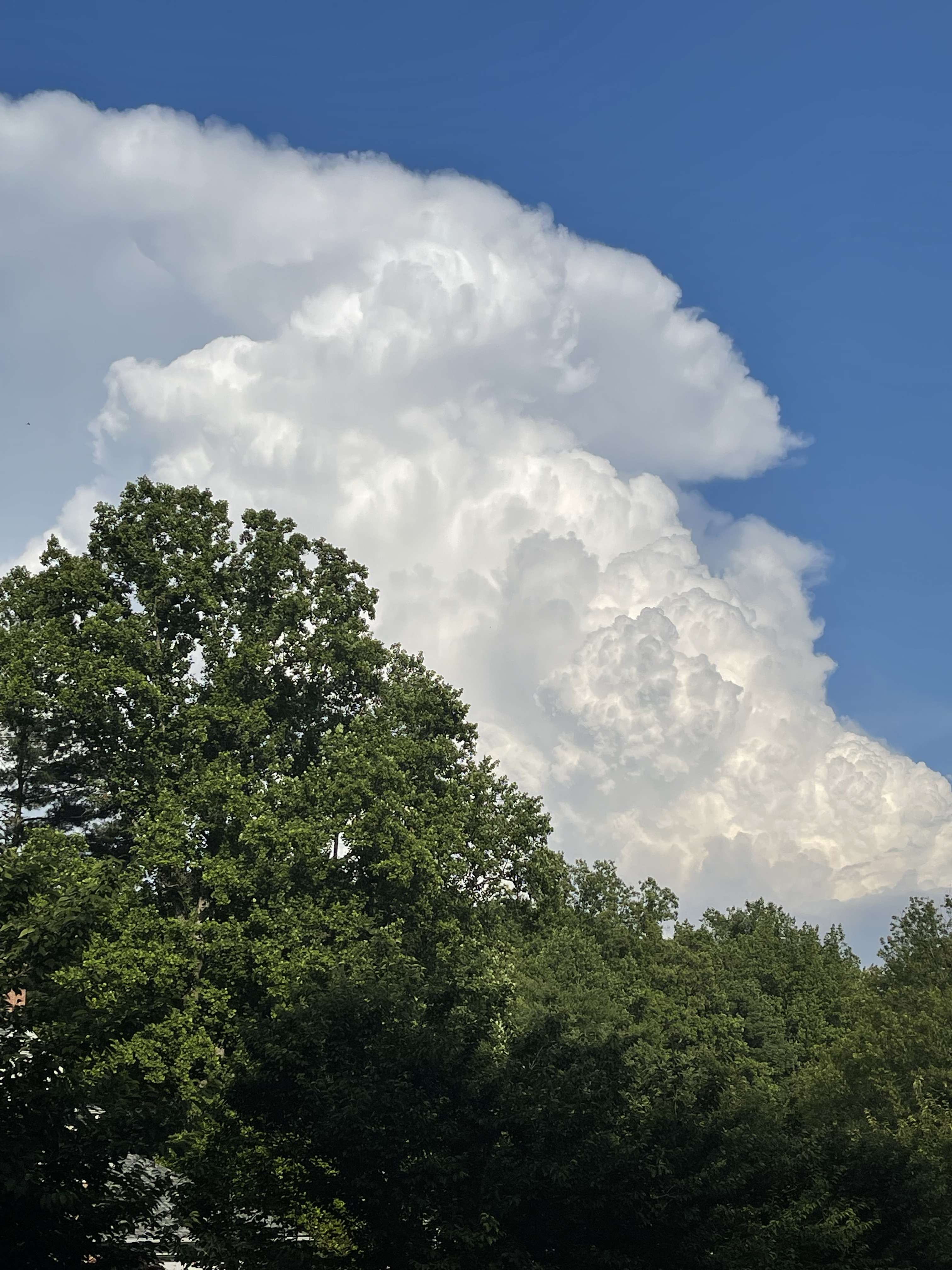-
Posts
44731 -
Joined
-
Last visited
-
Days Won
263
Everything posted by Phil
-
No major changes to my prediction from December 16th, except maybe bumping up timing a few days. I think the extended range modeling is underestimating the -AO during mid-January, and possibly beyond as well though I could see a bifurcated NAM scenario w/ blocking from the EPO domain into the western Arctic with a vortex to the SW of Greenland.
-
The GFS/GEFS and CMC/ensembles are much more aggressive with the PV weakening than the ECMWF/EPS. In fact, the ECMWF operational almost dissolves the wave2 response completely. Which one is correct? GEFS over the next 16 days: http://www.atmos.albany.edu/student/hattard/realtime/u_65N_10hpa_gefs.png
-
Relax man, we'll be fine. We didn't see a single snowflake here until mid-January last winter. Actually, December has never been a winter month here really. Since 2010, even March has owned December in terms of snowfall and cold. If the first 10 days January don't perform, watch the final week of January and the first week of February. Then there's the classic Niña year early "March madness" period which is about as climo here as August humidity.
-
Finally someone set up a weather station at 4600ft in Snowshoe WV, right up there by the village. In yesterday's modest lowland wind event, they were sustained at 55mph, gusting to 65mph. I can't wait until a real wind event arrives..I bet they hit 100mph or greater up there. Even now they're sustained at 32mph, gusting to 43mph.
-
The PV/NAM was perturbed significantly on numerous occasions that winter, it just wasn't destroyed. There's a difference between a perturbed PV/NAM and a SSW/PV breakdown. In a Niña convective background, generally a SSW/PV breakdown (aloft) isn't required unless it's a true unrelenting monster. An example of this would be 1988/89, where the SSW event that began in mid/late January dropped the dominos and I'm sure you know what followed that event..
-
If this were a Niño winter, you'd be rooting for a SSW/thermal/wind reversal in the stratosphere to bring about an Arctic blast, since the background convective state in a Niño is unfavorable to begin with (so blowing up that background state of the Niño system would only help). In a Niña, you don't want that, but a highly perturbed PV/NAM is still ideal.
-
Thank you. Ideally, if I lived in the PNW, I'd want the PV highly perturbed, would root against a full SSW/PV destruction. A weak PV/NAM allows wave amplification to self-sustain more easily and amplify further. However, a massive SSW/thermal wind reversal would rapidly cool the equatorial tropopause and ignite the MJO/equatorward tropical convection, which risks destroying the weak niña background convective/walker cell state. We saw this happen in January 2013, and it lead to (or technically was a reflection of) a cascade of events that semipermanently altered the H/W ratio(s), low frequency NPAC/PDO state, etc.
-
In the end, the strength of the PV/NAM will determine the degree of self-sustaining wavebreaking in the NPAC (as a backdoor conduit for heat/mass transfer), hence, the corresponding Arctic potential in the PNW hangs in the balance. If all goes right, and that's still a big if, we could be looking at an Arctic blast in January (directed into the western US) for the first time in many years. If the PV wins, however, the next Arctic dump will probably slide east again, following a broadening and flattening of the NPAC block. Don't want that to happen.



